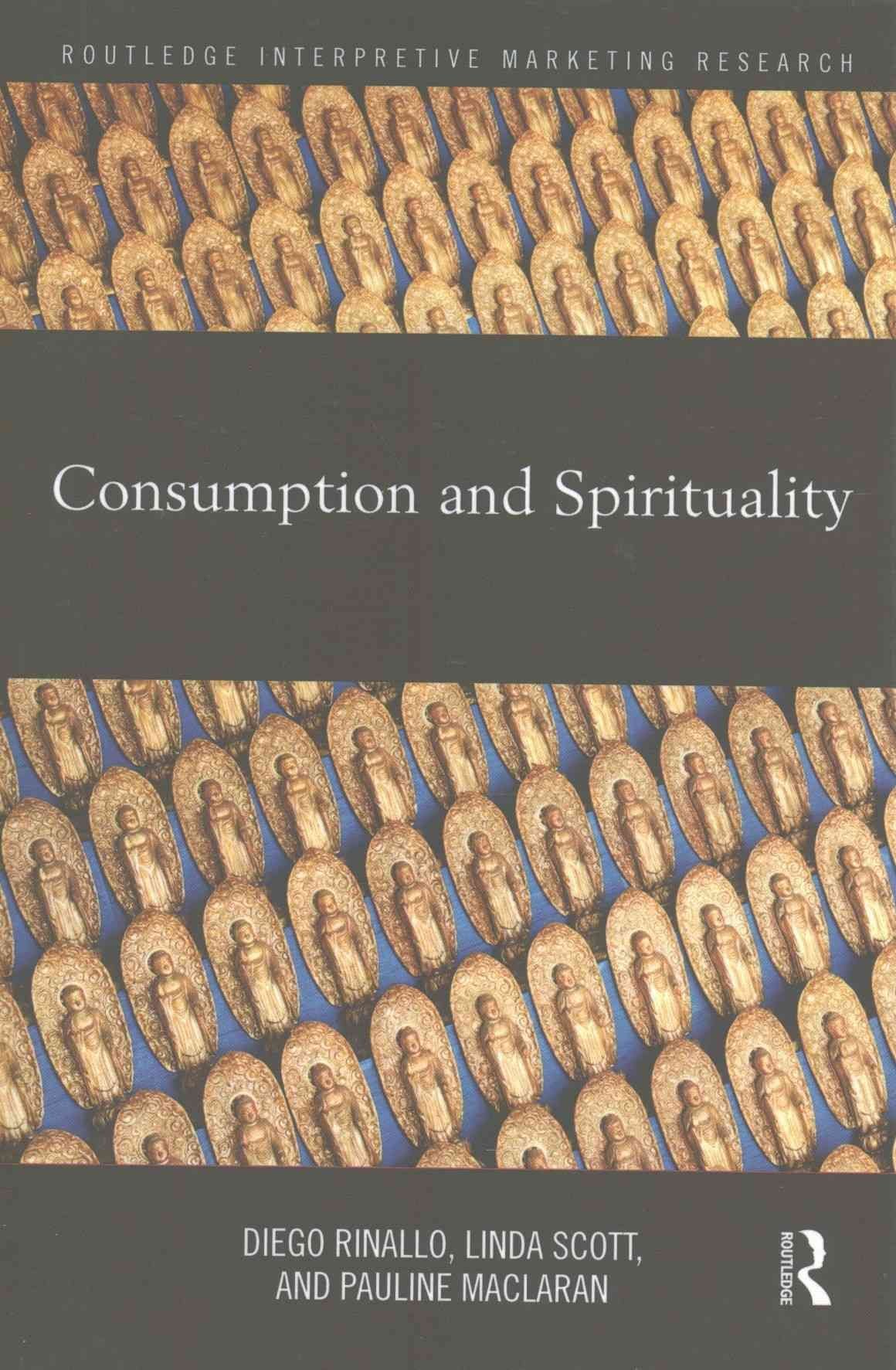Open Systems for Europe AD. Elliman, C. Sanger Open Systems for Europe combines two important and topical themes. First, Open Systems - the development of vendor-independent means to link and interwork with applications across a range of different systems. Secondly, the formation of a single European market after 1992 with its attendant opening up of public purchasing and the removal of the remaining obstacles to the free movement of products, people and services between the member states of the European Community. What unites these two themes is the issue of standards. As Walter de Backer, Director of Informatics of the Commission of the European Communities ( CEC) says in his keynote paper [Ch. 1J, more and more organisations are beginning to realise that an IT strategy based on standards is feasible, econoÂ- mic and necessary. It is feasible, if not immediately, then certainly through an evolutionary path phased over a number of years; it is economic because the costs associated with interface changes and conversions can be avoided, if not eliminated totally; and it is necessary if organisations are to communicate and interwork effectively. Moreover, the restructuring of Europe into a single market has already prompted a realignment of corporate interests - existing groups are breaking up and forming new, pan-European conglomerates.












